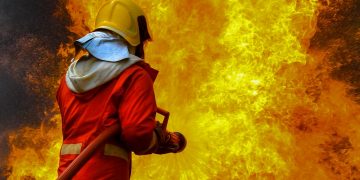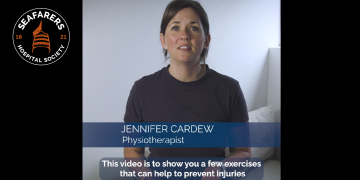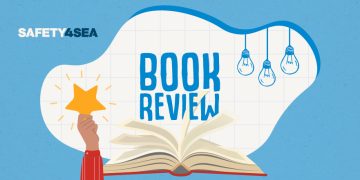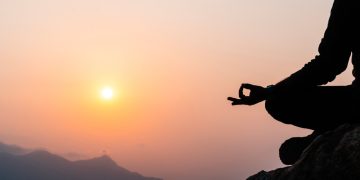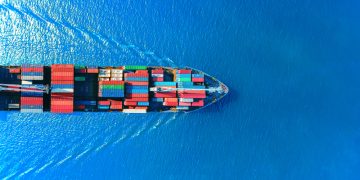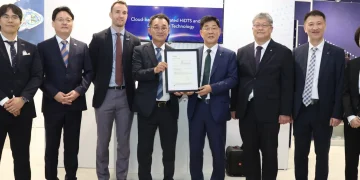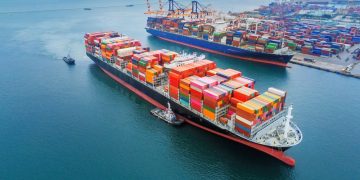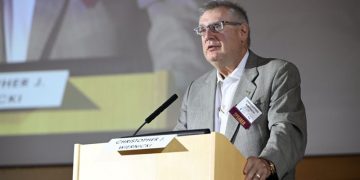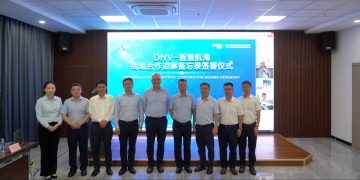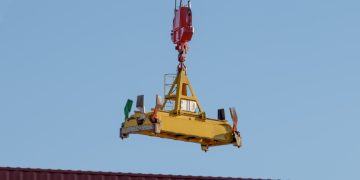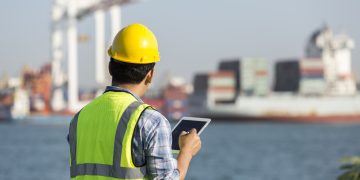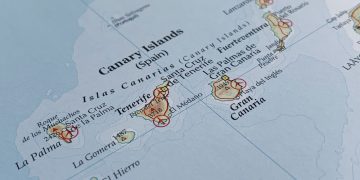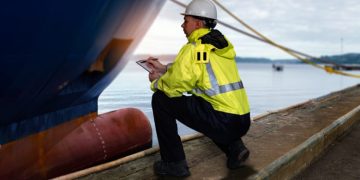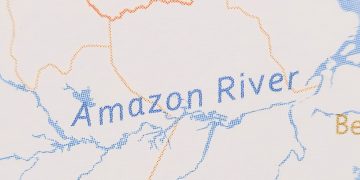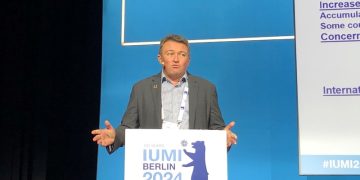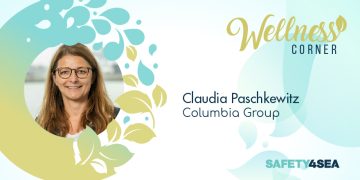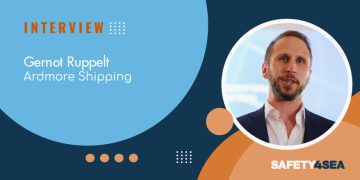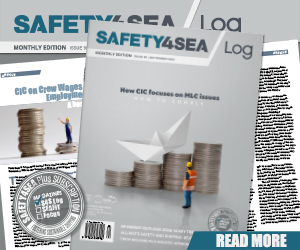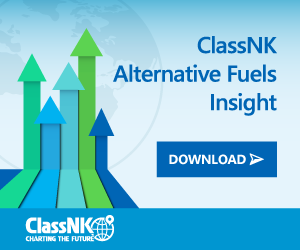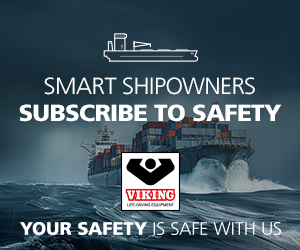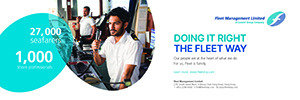NOAA – High levels of pollutants found in sediment in Guánica Bay
NOAA researchers measured pollutants in the sediments of Guánica Bay, Puerto Rico, and found these were among the highest concentrations of PCBs, chlordane, chromium and nickel ever measured in the history of NOAA's National Status & Trends (NS&T) Program. NS&T is a nationwide contaminant monitoring program that began in 1986. These results were released in a NOAA study earlier this month. The researchers, from NOAA's National Centers for Coastal Ocean Science (NCCOS), studied the reef's ecology to help establish baseline conditions that coastal managers can use to measure changes resulting from new efforts to manage pollution. Among the items studied were habitat types, coral cover, fish, and pollution stressors such as nutrients, sedimentation, and toxic contaminants in Guánica Bay. These new measurements demonstrate the importance of long-term contaminant monitoring programs like National Status & Trends, which allow new data to be placed in national and historical perspective. Funding was provided by NCCOS and NOAA's Coral Reef Conservation Program. NOAA is the co-chair of the U.S. Coral Reef Task Force, which had designated Guánica Bay as a priority watershed. Project partners included NOAA's Restoration Center and the University of Puerto Rico at Mayagüez. Source and Image Credit: NOAA You can also ...
Read more









